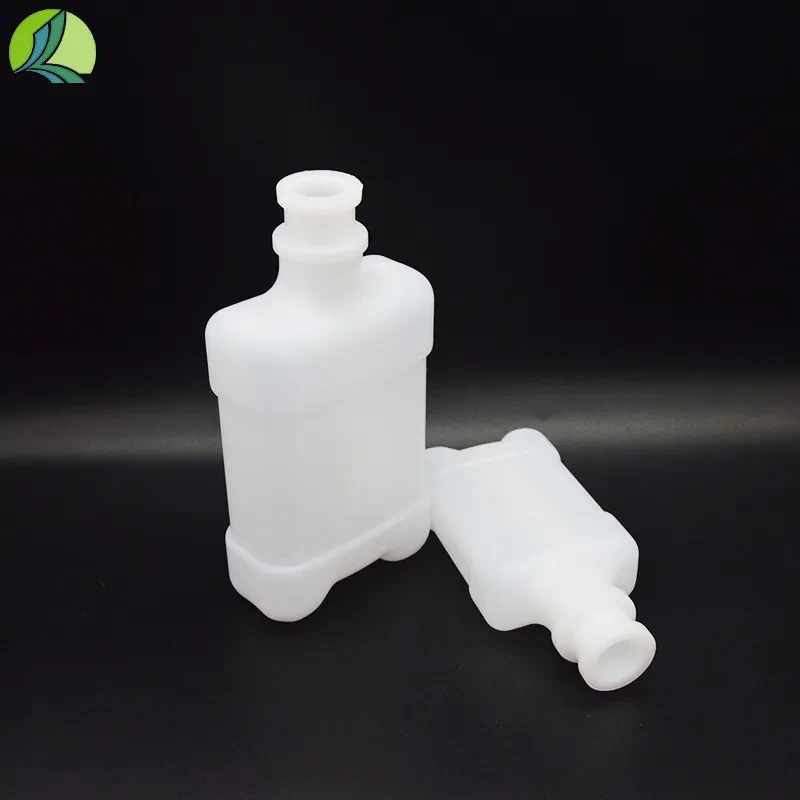
-
 Afrikaans
Afrikaans -
 Albanian
Albanian -
 Amharic
Amharic -
 Arabic
Arabic -
 Armenian
Armenian -
 Azerbaijani
Azerbaijani -
 Basque
Basque -
 Belarusian
Belarusian -
 Bengali
Bengali -
 Bosnian
Bosnian -
 Bulgarian
Bulgarian -
 Catalan
Catalan -
 Cebuano
Cebuano -
 Corsican
Corsican -
 Croatian
Croatian -
 Czech
Czech -
 Danish
Danish -
 Dutch
Dutch -
 English
English -
 Esperanto
Esperanto -
 Estonian
Estonian -
 Finnish
Finnish -
 French
French -
 Frisian
Frisian -
 Galician
Galician -
 Georgian
Georgian -
 German
German -
 Greek
Greek -
 Gujarati
Gujarati -
 Haitian Creole
Haitian Creole -
 hausa
hausa -
 hawaiian
hawaiian -
 Hebrew
Hebrew -
 Hindi
Hindi -
 Miao
Miao -
 Hungarian
Hungarian -
 Icelandic
Icelandic -
 igbo
igbo -
 Indonesian
Indonesian -
 irish
irish -
 Italian
Italian -
 Japanese
Japanese -
 Javanese
Javanese -
 Kannada
Kannada -
 kazakh
kazakh -
 Khmer
Khmer -
 Rwandese
Rwandese -
 Korean
Korean -
 Kurdish
Kurdish -
 Kyrgyz
Kyrgyz -
 Lao
Lao -
 Latin
Latin -
 Latvian
Latvian -
 Lithuanian
Lithuanian -
 Luxembourgish
Luxembourgish -
 Macedonian
Macedonian -
 Malgashi
Malgashi -
 Malay
Malay -
 Malayalam
Malayalam -
 Maltese
Maltese -
 Maori
Maori -
 Marathi
Marathi -
 Mongolian
Mongolian -
 Myanmar
Myanmar -
 Nepali
Nepali -
 Norwegian
Norwegian -
 Norwegian
Norwegian -
 Occitan
Occitan -
 Pashto
Pashto -
 Persian
Persian -
 Polish
Polish -
 Portuguese
Portuguese -
 Punjabi
Punjabi -
 Romanian
Romanian -
 Russian
Russian -
 Samoan
Samoan -
 Scottish Gaelic
Scottish Gaelic -
 Serbian
Serbian -
 Sesotho
Sesotho -
 Shona
Shona -
 Sindhi
Sindhi -
 Sinhala
Sinhala -
 Slovak
Slovak -
 Slovenian
Slovenian -
 Somali
Somali -
 Spanish
Spanish -
 Sundanese
Sundanese -
 Swahili
Swahili -
 Swedish
Swedish -
 Tagalog
Tagalog -
 Tajik
Tajik -
 Tamil
Tamil -
 Tatar
Tatar -
 Telugu
Telugu -
 Thai
Thai -
 Turkish
Turkish -
 Turkmen
Turkmen -
 Ukrainian
Ukrainian -
 Urdu
Urdu -
 Uighur
Uighur -
 Uzbek
Uzbek -
 Vietnamese
Vietnamese -
 Welsh
Welsh -
 Bantu
Bantu -
 Yiddish
Yiddish -
 Yoruba
Yoruba -
 Zulu
Zulu
Optimal Applications of Graduated Centrifuge Tubes in Laboratory Settings
The Role of Graduated Centrifuge Tubes in Laboratory Applications
Graduated centrifuge tubes are essential tools in various laboratory settings, providing significant advantages in sample preparation, separation, and analysis. These tubes are specifically designed to withstand the forces generated during centrifugation while allowing for precise measurement of liquid volumes. Their graduated markings make them indispensable for researchers and technicians across a multitude of scientific disciplines.
Design and Features
Typically made from high-quality plastic or borosilicate glass, graduated centrifuge tubes come in various sizes, generally ranging from 15 mL to 50 mL, although smaller and larger versions are also available. The graduated markings on the tubes allow users to easily measure the volume of the liquid inside without the need for transferring the contents to another container. This feature not only saves time but also reduces the risk of contamination, a critical concern in laboratory procedures.
Most graduated centrifuge tubes are designed to withstand high centrifugal forces, often exceeding 20,000 x g. This robustness is crucial for applications in molecular biology, biochemistry, and clinical laboratories, where the separation of components such as cells, proteins, or nucleic acids is necessary. Many tubes are also available in autoclavable versions, enabling sterilization between uses to prevent any cross-contamination.
Applications in Various Fields
graduated centrifuge tube use

1. Biological Research In biological research, graduated centrifuge tubes are frequently utilized for the separation of cellular components. For instance, in the preparation of cell lysates, researchers centrifuge samples to isolate fractions containing proteins or nucleic acids. The graduated markings facilitate the accurate measurement of reagents and samples, ensuring reproducibility and precision in experiments.
2. Clinical Laboratories In clinical settings, graduated centrifuge tubes are instrumental in the processing of blood and other biological fluids. They are used to separate serum or plasma from whole blood, a critical step in numerous diagnostic tests. The ability to measure liquid volumes precisely enhances the accuracy of tests, which is vital for patient diagnosis and treatment.
3. Environmental Monitoring Graduated centrifuge tubes are also employed in environmental science. They assist in the separation of particulates from water samples, helping researchers analyze pollutants or microorganisms. The graduated markings help in determining concentration levels, facilitating the assessment of environmental health.
4. Education and Training In educational settings, graduated centrifuge tubes serve as practical learning tools for students in biology and chemistry courses. They provide hands-on experience in laboratory techniques, reinforcing theoretical knowledge through practical application. The clear graduation marks help students gain confidence in measuring and handling liquids accurately.
Conclusion
In summary, graduated centrifuge tubes play a pivotal role in various laboratory applications, contributing to the efficiency, precision, and safety of scientific work. Their robust design, combined with the graduated measurements, addresses the essential needs of researchers, clinicians, and educators alike. As technologies and methodologies in science continue to advance, the versatility and reliability of graduated centrifuge tubes will undoubtedly remain a cornerstone in laboratory practices, facilitating breakthroughs across biological, medical, and environmental research fields. Proper use and understanding of these tools not only enhance productivity but also propel scientific discovery forward.
-
Premium Metal Dropper Bottle for Precise Dispensing 250ml & 1ml Options AvailableNewsJul.04,2025
-
20 ml Headspace Vials - High Quality Polyethylene & Plastic Vials for Lab UseNewsJul.04,2025
-
Small Bottle with Pipette - Precise Dispensing 100ml Pipette Bottles for Essential Oils & Lab UseNewsJun.24,2025
-
Acetic Anhydride Bottle for Accurate Dropper Measurement in Pharmacy Use High-Quality Dropper BottlesNewsJun.10,2025
-
Innovative PET Bottle Design for Juice – Unique Shapes & Customization OptionsNewsJun.10,2025
-
20 Pack Sterilized Petri Dishes – Assorted Sizes, High Quality Small Plastic Petri Dishes for Lab UseNewsJun.10,2025






















